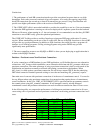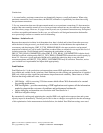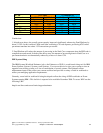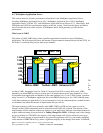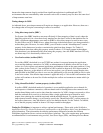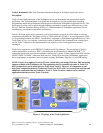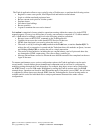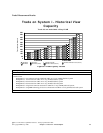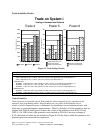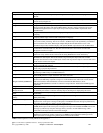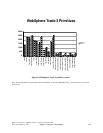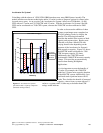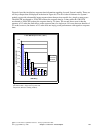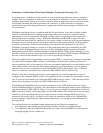WebSphere Application Server V6.1
Historically, new releases of WebSphere Application Server have offered improved performance and
functionality over prior releases of WebSphere. WebSphere Application Server V6.1 is no exception.
Furthermore, the availability of WebSphere Application Server V6.1 offers an entirely new opportunity
for WebSphere customers. Applications running on V6.1 can now operate with either the “Classic”
64-bit Virtual Machine (VM) or the recently released IBM Technology for Java, a 32-bit VM that is built
on technology being introduced across all the IBM Systems platforms.
Customers running releases of WebSphere Application prior to V6.1 will likely be familiar with the
Classic 64-bit VM. This continues to be the default VM on i5/OS, offering competitive performance and
excellent vertical scalability. Experiments conducted using the Trade6 benchmark show that WebSphere
Application Server V6.1 running on the Classic VM realized performance gains of 5-10% better
throughput when compared to WebSphere Application Server V6.0 on identical hardware.
In addition to the presence of the Classic 64-bit VM, WebSphere Application Server V6.1 can also take
advantage of IBM Technology for Java, a 32-bit implementation of Java supported on Java 5.0 (JDK 1.5).
For V6.1 users, IBM Technology for Java has two key potentially beneficial characteristics:
y Significant performance improvements for many applications - Most applications will see at least
equivalent performance when comparing WebSphere Application Server on the Classic VM to IBM
Technology for Java, with many applications seeing improvements of up to 20%.
y 32-bit addressing allows for a potentially considerable reduction in memory footprint - Object
references require only 4 bytes of memory as opposed to the 8 bytes required in the 64-bit Classic
VM. For users running on small systems with relatively low memory demands this could offer a
substantially smaller memory footprint. Performance tests have shown approximately 40% smaller
Java Heap sizes when using IBM Technology for Java when compared to the Classic VM.
It is important to realize that both the Classic VM and IBM Technology for Java have excellent benefits
for different applications. Therefore, choosing which VM to use is an extremely important consideration.
Chapter 7 - Java Performance has an extensive overview of many of the key decisions that go into
choosing which VM to use for a given application. Most of the points in Chapter 7 are very much
important to WebSphere Application Server users. One issue that will likely not be a concern to
WebSphere Application Server users is the additional overhead to native ILE calls that is seen in IBM
Technology for Java. However, if native calls are relevant to a particular application, that consideration
will of course be important. While choosing the appropriate VM is important, WebSphere Application
Server V6.1 allows users to toggle between the Classic VM and IBM Technology for Java either for the
entire WebSphere installation or for individual application server profiles.
While 32-bit addressing can provide smaller memory footprints for some applications, it is imperative to
understand the other end of the spectrum: applications requiring large Java heaps may not be able to fit in
the space available to a 32-bit implementation of Java. The 32-bit VM has a maximum heap size of 3328
MB for Java applications. However, WebSphere Application Server V6.1 using IBM Technology for
Java has a practical maximum heap size of around 2500 MB due in part to WebSphere related memory
demands like shared classes. The Classic VM should be used for applications that require a heap larger
than 2500 MB (see Chapter 7 - Java Performance for further details).
IBM i 6.1 Performance Capabilities Reference - January/April/October 2008
© Copyright IBM Corp. 2008 Chapter 6 - Web Server and WebSphere 98



